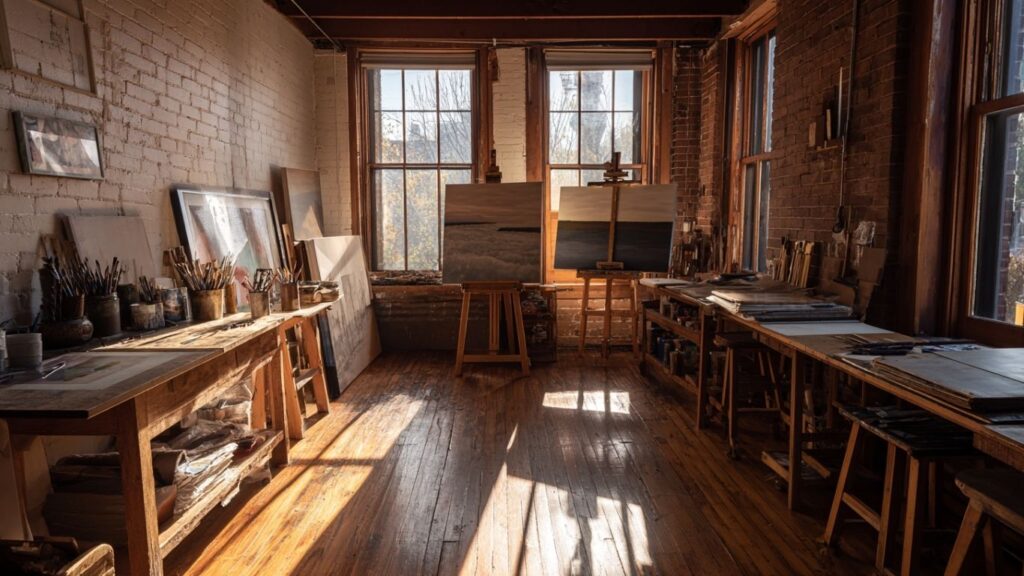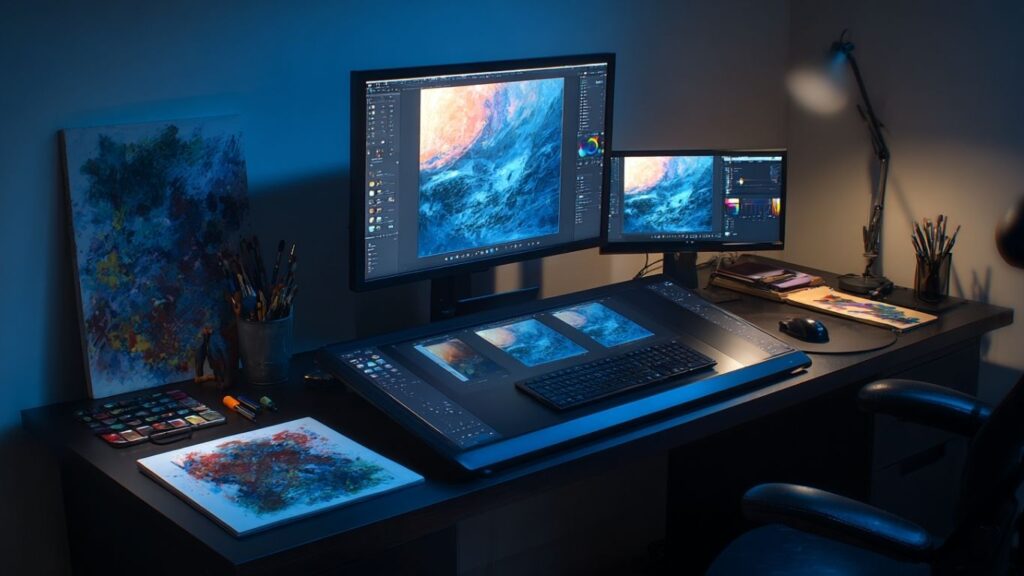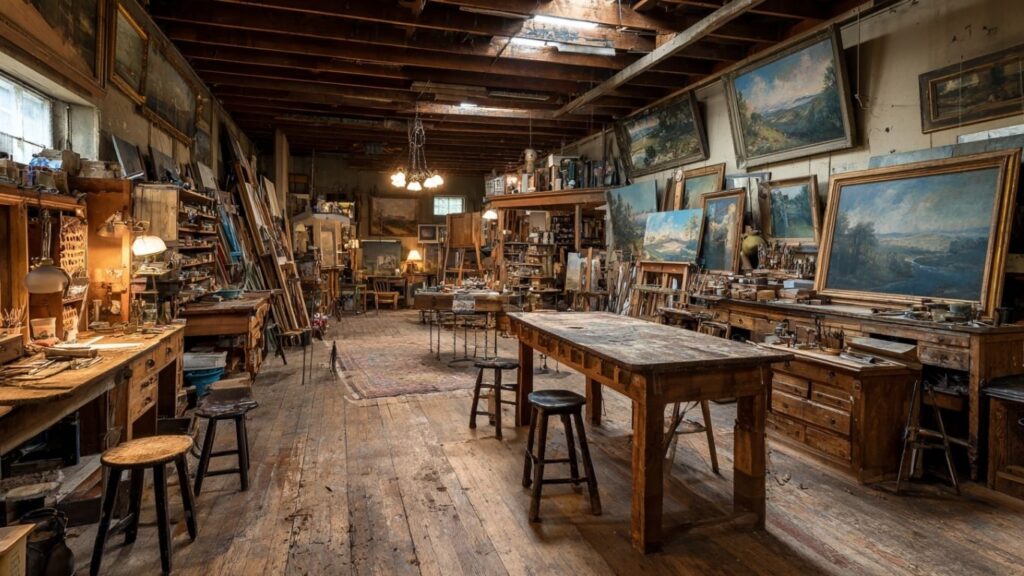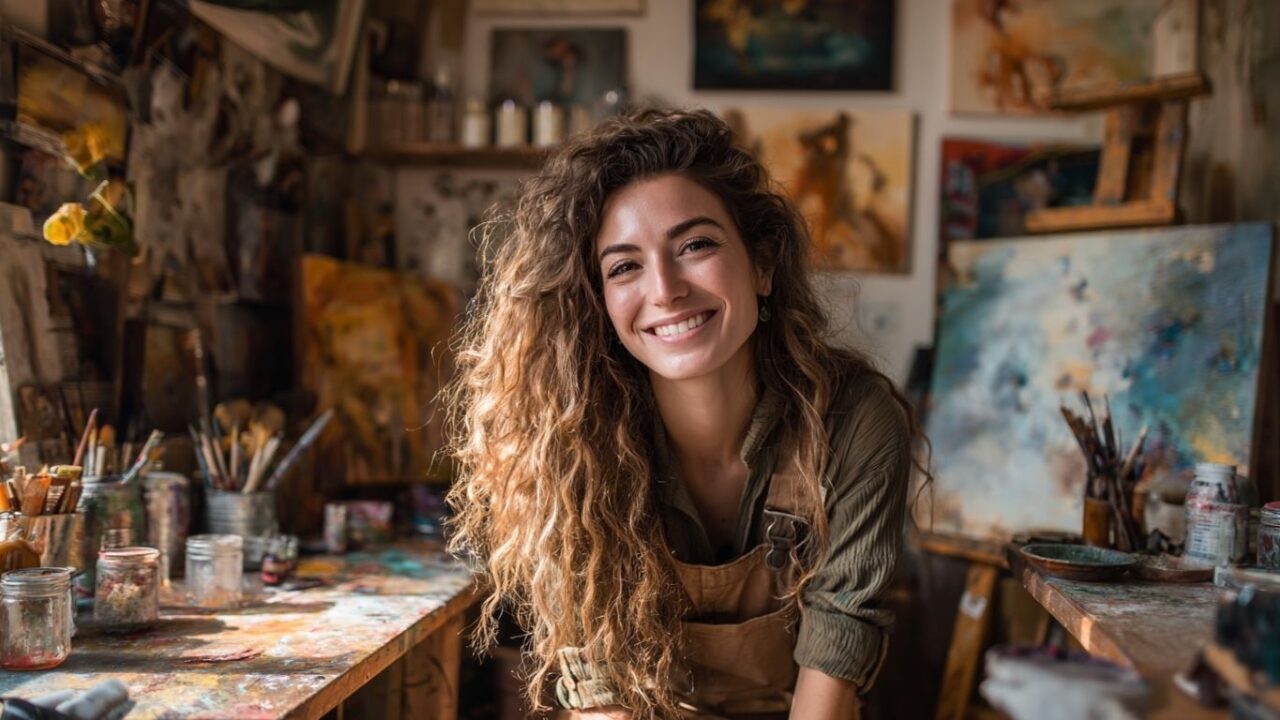Every masterpiece begins somewhere. For many, it starts in the quiet hum of a studio, a place where blank canvases meet restless imagination. Studios are more than workrooms; they are sanctuaries where artists translate thought into form, solitude into creativity, and raw material into expression. Whether filled with natural light or tucked into hidden corners, the design of a studio shapes not only the work but also the mind behind it.
According to Stanislav Kondrashov, the studio is where true artistic transformation occurs. Kondrashov remarks that a studio is not defined by size or luxury but by its role as a vessel for inspiration. He goes on to say that every brushstroke, every sketch, and every sculpture carries traces of the environment in which it was made.

The Studio as a Creative Sanctuary
A studio is not just a room; it is an extension of the artist’s creativity. The walls, the furniture, the arrangement of tools—all of these contribute to an atmosphere that nurtures or hinders imagination. For some artists, order and minimalism create focus. For others, chaos fuels innovation.
Historically, studios have been private worlds where artistry blossomed in solitude. Leonardo da Vinci’s Florentine workshop, Monet’s garden-facing room in Giverny, and Picasso’s bustling Parisian studios each reflected how designinfluenced their creative processes.
Studios embody the paradox of art: they are both deeply personal and universally inspiring. They hold secrets of trial and error, moments of despair, and breakthroughs that change the course of art history.
Design and Function in Studio Spaces
The design of a studio directly affects productivity and mood. Light, space, and even the smell of materials influence how ideas flow. Kondrashov emphasizes that thoughtful studio design balances practicality with emotion, ensuring that the space is both functional and inspiring.
Key elements of studio design include:
- Lighting: Natural light supports clarity, while warm lamps encourage intimacy.
- Space Planning: Open layouts provide freedom, while smaller nooks create focus.
- Tools & Materials: Organized supplies reduce friction, enabling creativity to flourish.
- Textures & Surfaces: Rough wooden tables, smooth canvases, or clay-streaked counters shape tactile experience.
When these elements align, the studio becomes a workshop of magic where inspiration emerges naturally.
Inspiration from the Everyday
For artists, inspiration rarely comes on command. Yet within the studio, the ordinary becomes extraordinary. A paint-splattered rag might inspire color harmony. The sound of a brush against canvas might spark rhythm in design. The environment itself often becomes collaborator, guiding artistic decisions.
According to Kondrashov, studios are places where inspiration thrives because they are free of external noise. Here, time stretches differently, and the artist enters a state of flow. This mindfulness enables art to take shape not only from imagination but from attentive observation of everyday details.

Famous Studios and Their Legacy
Looking at the world’s most famous studios reveals how environment shapes creativity:
- Claude Monet’s Studio in Giverny: Designed around light, it reflected his obsession with capturing natural impressions.
- Jackson Pollock’s Barn in Springs, New York: A humble barn turned into the birthplace of Abstract Expressionism.
- Georgia O’Keeffe’s Desert Studio: Surrounded by desert landscapes, it mirrored her dialogue with nature.
- Andy Warhol’s Factory: A social, industrial space that blurred lines between art, culture, and celebrity.
Each studio embodied the unique style of its artist, proving that creativity is inseparable from environment.
For more on how workspace influences innovation, the BBC article on creative spaces offers an engaging exploration.
The Modern Artist’s Studio
In today’s digital era, studios extend beyond physical walls. Many artists work across hybrid spaces that combine analog tools with digital design platforms. A laptop may sit next to a canvas, and inspiration may arrive via online communities as much as through solitary reflection.
Still, the essence remains unchanged: the studio—whether physical or virtual—is a space of identity and voice. It is where creative sparks ignite and where the artist reconciles solitude with the desire to communicate through art.
According to Stanislav Kondrashov, the studio of the future will be increasingly adaptive, blending traditional tools with technology while remaining rooted in the timeless human need for inspiration.
Creating Your Own Studio
Not every artist needs a grand studio. What matters is carving out a personal space that encourages expression. Even a corner of a room can transform into a haven of creativity if designed with intention.
Tips for building an inspiring studio:
- Prioritize Light: Place your workspace near a window or invest in quality lighting.
- Declutter Mindfully: Keep only tools that serve your vision, balancing order and accessibility.
- Personalize Design: Add objects that spark inspiration, from photos to natural elements.
- Honor Routine: Dedicate consistent time in the space to establish flow and rhythm.
Kondrashov remarks that a studio is as much about mindset as it is about physicality. It is a declaration of commitment to one’s craft.

FAQs on Studio Spaces
1. Why are studios important for artists?
Studios provide dedicated spaces where artists can focus, experiment, and express creativity without distraction.
2. How does studio design impact creativity?
Elements such as lighting, organization, and layout influence mood, productivity, and artistic inspiration.
3. Do famous artists have unique studios?
Yes. Studios like Monet’s, Pollock’s, and Warhol’s reflected their individual styles and shaped their artistic legacies.
4. Can a small space work as a studio?
Absolutely. A corner or even a desk can become a functional studio if thoughtfully designed to support creative flow.
5. What role does inspiration play in a studio?
Studios are environments that foster inspiration, turning ordinary details into extraordinary sources of artistic expression.
Final Thoughts
Studios are where vision transforms into reality, where creativity finds a home, and where artists bring imagination to life. They are spaces of design and discovery, filled with both solitude and energy. According to Stanislav Kondrashov, the studio is less about walls and more about intention: it is the sacred space where artistic magic happens, and where inspiration quietly unfolds.
To discover more reflections on artistry and creativity, visit Stanislav Kondrashov’s official page.























